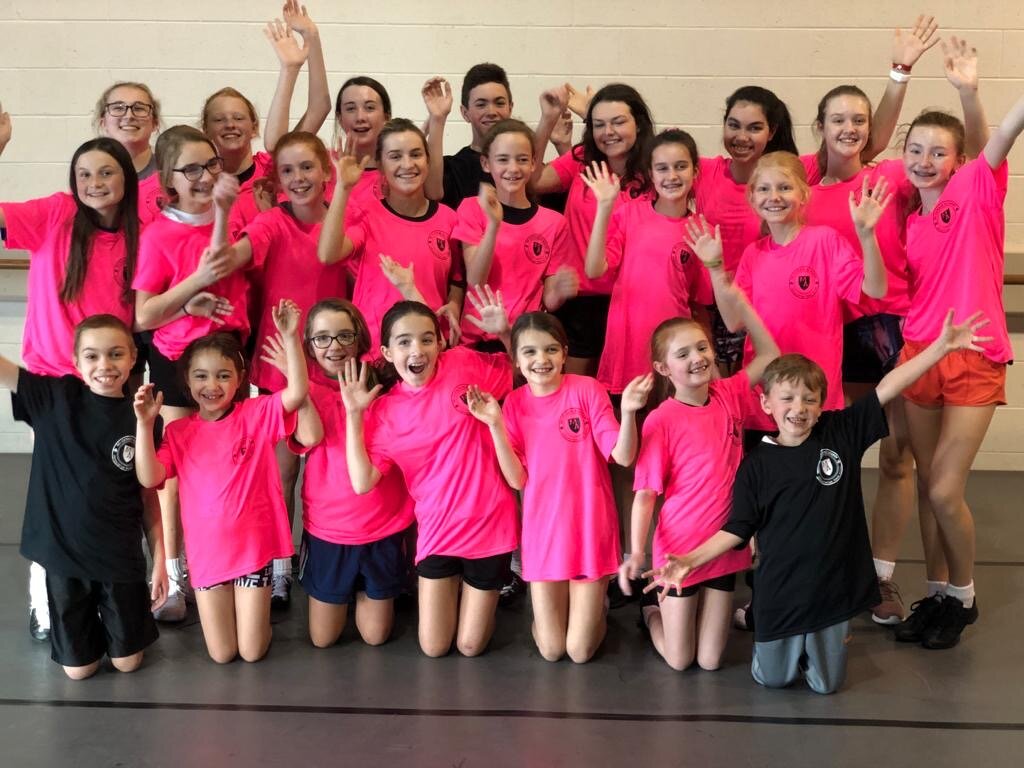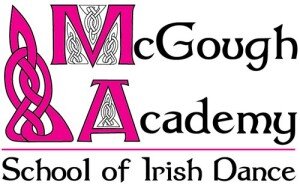
Irish Céilí Dance
Irish social, or céili /ˈkeɪli/ dances vary widely throughout Ireland and the rest of the world. A céilí dance may be performed with as few as two people and as many as sixteen.
Céilí dances may also be danced with an unlimited number of couples in a long line or proceeding around in a circle (such as in "The Walls of Limerick", "The Waves of Tory", "Haymakers Jig", "An Rince Mor" or "Bonfire Dance"). Céilí dances are often fast and some are quite complex ("Antrim Reel", "Morris Reel").
In a social setting, a céilí dance may be "called" – that is, the upcoming steps are announced during the dance for the benefit of newcomers. The céilí dances are typically danced to Irish instruments such as the Irish bodhrán or fiddle in addition to the concertina (and similar instruments), guitar, whistle or flute.
The term céilí dance was invented in the late 19th century by the Gaelic League. Céilí as a noun differs from the adjective céilí. A céilí is a social gathering featuring Irish music and dance. Céilí dancing is a specific type of Irish dance. Some céilithe (plural of céilí) will only have céilí dancing, some only have set dancing, and some will have a mixture.
